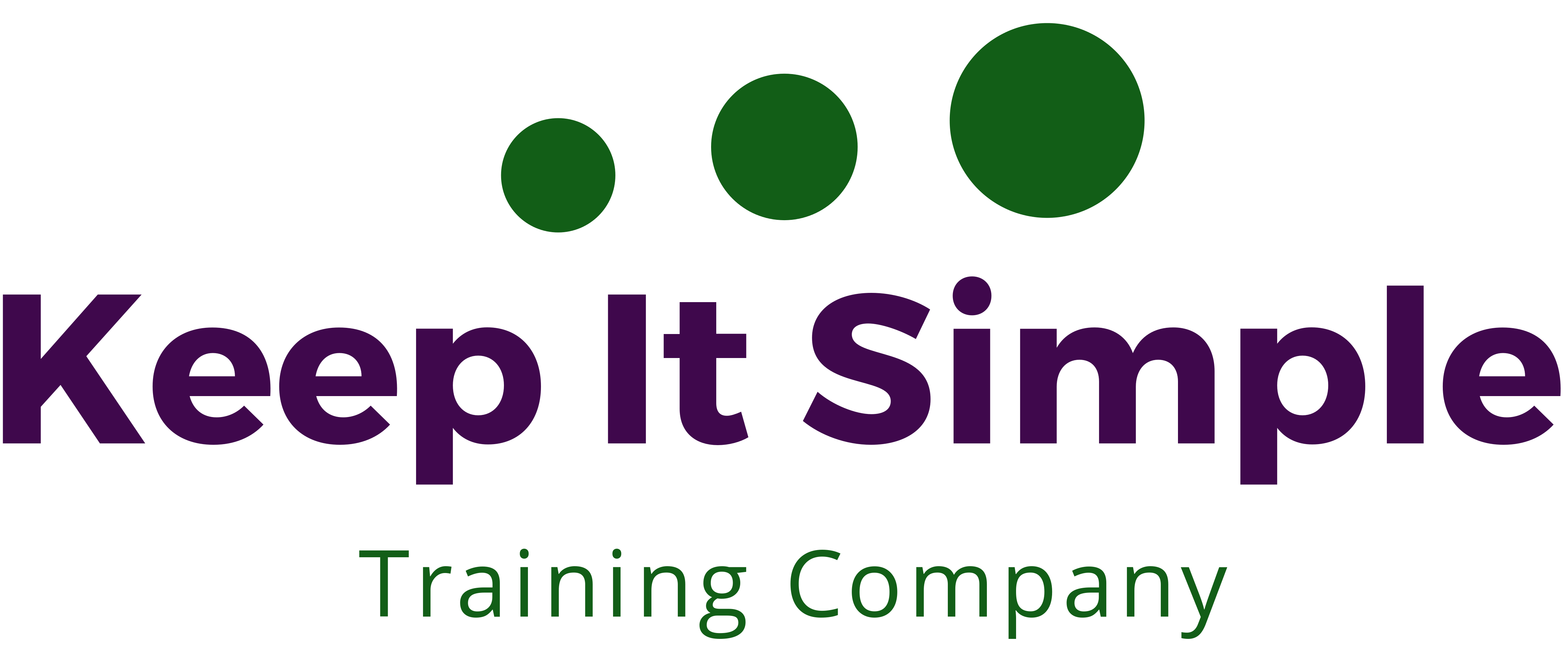Happy New Year to you and welcome to 2024!!!
Microaggressions is a topic often discussed but sometimes misunderstood. I wanted to write this post as a way to ease people into it, especially when it comes to race. So here goes…
Instances of racism and other forms of discrimination are not always as obvious as they once were. People may communicate racist thoughts in more subtle, or even subconscious ways, that specialist on the subject now call racial microaggressions.
What are Racial Microaggressions
Racial microaggressions are actions that communicate hostile, disrespectful, or negative racial insults towards targeted groups. These actions may be intentional or unintentional, and people may communicate them in subtle ways. Some examples of racial microaggressions include:
- Assuming people of colour are ‘dangerous’ or ‘deviant’
- Treating people of colour as tokens or objects
- Assuming people of colour are less intelligent or capable than white people
- Criticising cultural values of people of colour, such as communication, behaviour, and dress styles

Racial microaggressions are not only verbal actions. Environmental and behavioural actions may also communicate racist ideas towards targeted populations. These behaviours are sometimes unintentional but may still be harmful to others. For example, African countries contribute very little to the negative environmental impact globally yet is one of the continents that experiences the most harm.
These microaggressions can have detrimental effects on the psychological and physical health of people of colour. For instance a review of 138 studies published between 2007 and 2020 demonstrates sufficient evidence of racial microaggressions in numerous settings. Collecting data from both interviews and surveys, researchers at Stanford University, in the US, found that racial microaggressions have damaging effects on the psychological and physical health of people of colour.
So, it’s important to recognise and address microaggressions. Remember, microaggressions are defined as verbal, behavioural, and environmental indignities that communicate hostile, derogatory, or negative racial slights and insults to the target person or group. For Black people, in particular, they are ever-present across daily work and life.
Ways to respond to microaggressions
To respond to racial microaggressions skilfully, it is important to understand what they are, how they affect people, and how to respond to them. Here are some helpful tips for responding to microaggressions:
- Acknowledge the microaggression
- Educate the person who made the microaggression if you feel confident enough to do so
- Seek support from allies
- Take care of yourself
And the most important thing when it comes to challenging others about microaggressions, is to communicate it in a calm way. If the other person is upset or angry, stop the conversation. Also, if you find your own heat rising, definitely stop the conversation. Broach the conversation when you are both calm. This type of thing takes practice!
In conclusion, recognising and addressing microaggressions is an important step towards creating a more inclusive and equitable society. By learning about microaggressions and how to respond to them, we can all contribute to a more respectful and compassionate world.
Here are a some articles to read on this subject:
- Recognizing and Addressing Microaggressions – Stanford University https://sustainability.stanford.edu/sites/sustainability/files/media/file/recognizing-and-addressing-microaggressions.pdf.
- When and How to Respond to Microaggressions – Harvard Business Review. https://hbr.org/2020/07/when-and-how-to-respond-to-microaggressions.
- Recognising and Counteracting Racial Microaggressions. https://blogs.ed.ac.uk/learningexchange/wp-content/uploads/sites/1606/2020/08/microaggressionsFINAL.pdf.
- Understanding Racial Microaggression and Its Effect on Mental Health – Pfizer. https://www.pfizer.com/news/articles/understanding_racial_microaggression_and_its_effect_on_mental_health.
You are also welcome to hop over to the Keep It Simple Training Company YouTube Channel for videos on antiracism and snippets of content from the Antiracism Made Simple course here


